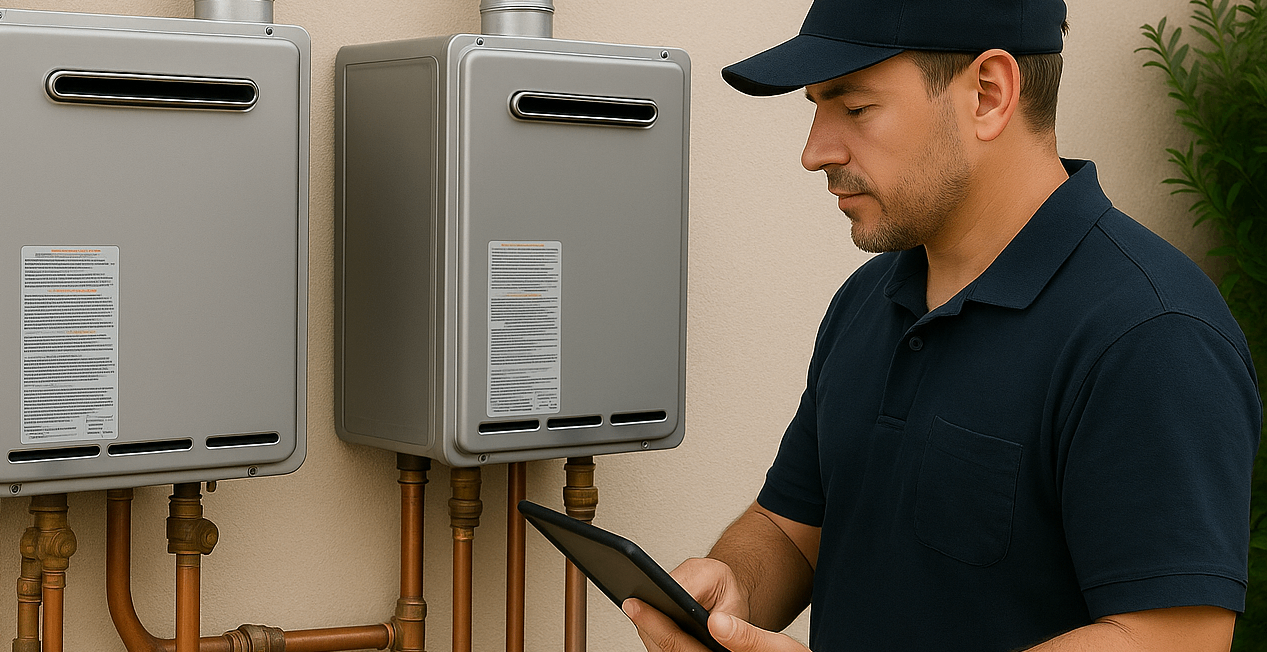Essential Wiring Tips for Your New Room Addition
Expanding your home? Before you finish the walls and floors, make sure the electrical wiring is planned for comfort, safety, and future use.
Start with a Wiring Plan
Before any wires are installed, it’s critical to map out exactly what your new room addition will need. Will it be a bedroom, home office, sunroom, or in-law suite? The type of space determines how much power, lighting, and connectivity you’ll require.
Sketch the room and note where you want outlets, switches, light fixtures, smoke detectors, and any specific equipment like ceiling fans, wall-mounted TVs, or window ACs. This will help your electrician develop an accurate plan and avoid costly changes later.
Understand Electrical Code Requirements
Every room must meet local and national electrical code requirements. For example, the National Electrical Code (NEC) requires outlets every 12 feet, outlets on any wall more than 2 feet wide, and GFCI protection for outlets in certain areas like basements or near water sources.
A licensed electrician will ensure that your new space complies with code—including proper wiring size, circuit count, breaker type, and grounding.
Add Enough Outlets
One of the most common regrets homeowners have after building an addition is not adding enough outlets. Think of everything you may plug in: lamps, chargers, TVs, gaming systems, or small appliances.
It’s smart to include outlets near beds, desks, reading corners, and above counters. USB outlets can also add convenience to charging devices without bulky adapters.
Plan for Proper Lighting
Good lighting is essential, and the right wiring makes it possible. Think in layers—overhead fixtures, task lighting (for reading or work), and accent lighting (for decor or ambiance).
Dimmer switches are a great addition for controlling mood and energy use. Recessed lighting or smart bulbs can add modern functionality to any new space.
Don’t Forget Heating and Cooling
If your new addition will have independent heating or cooling (like a wall unit, ceiling fan, or baseboard heater), make sure the wiring includes dedicated circuits. These appliances often draw more power and need to be isolated to prevent overloads.
Even a ceiling fan requires pre-planned wiring for switches and speed controls.
Include Smart Home Features
Smart homes start with smart wiring. Even if you’re not installing smart thermostats or lighting today, consider pre-wiring for them in your addition.
Install neutral wires in switch boxes, conduit for future wiring changes, and CAT6 Ethernet cables for internet-connected devices. Future-proofing now saves time and money later.
Check Your Electrical Panel Capacity
Your new room will likely need its own circuits—sometimes even several depending on what’s installed. Before adding breakers, your electrician will check whether your panel has enough space and capacity to handle the added load.
In some cases, a subpanel might be necessary for easier access and load balancing.
Install Safety Features
All new wiring should include up-to-date safety devices such as AFCI (Arc-Fault Circuit Interrupters) and GFCI (Ground-Fault Circuit Interrupters). These protect your home from electrical fires and shocks by quickly cutting power in unsafe situations.
Smoke detectors with battery backup and interconnectivity should also be installed in the new space, as required by code.
Run Extra Conduits While Walls Are Open
Once the drywall goes up, it’s expensive to add new wiring. Consider running empty conduit pipes (plastic or metal tubes) to allow for future wiring upgrades. This makes it easy to add new lines for cable, internet, or speakers without demolition.
It’s a small investment that can pay off big when you expand your home network or smart home setup.
Hire a Licensed Electrician
Wiring a room addition is not a DIY project. It involves complex planning, safety precautions, and code compliance. A licensed electrician brings the experience and qualifications needed to handle permits, inspections, and proper installations.
Working with a professional ensures the job is done right—and keeps your home safe and valuable in the long term.
Conclusion: Build It Right From the Start
Adding a new room is exciting, but don’t let poor electrical planning dim its potential. By thinking ahead, incorporating enough circuits, lighting, outlets, and smart wiring, you’re investing in safety, comfort, and long-term value.
Need help wiring your new room addition in Culver City, CA? Call (562) 418-6163 today for expert planning, installation, and code-compliant service.

